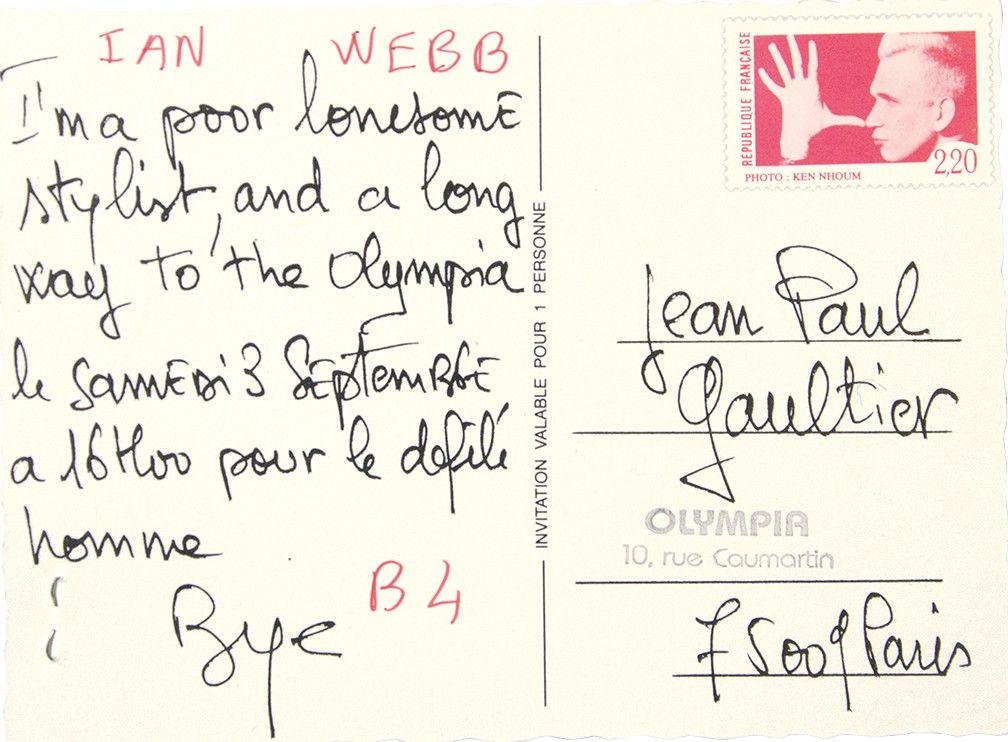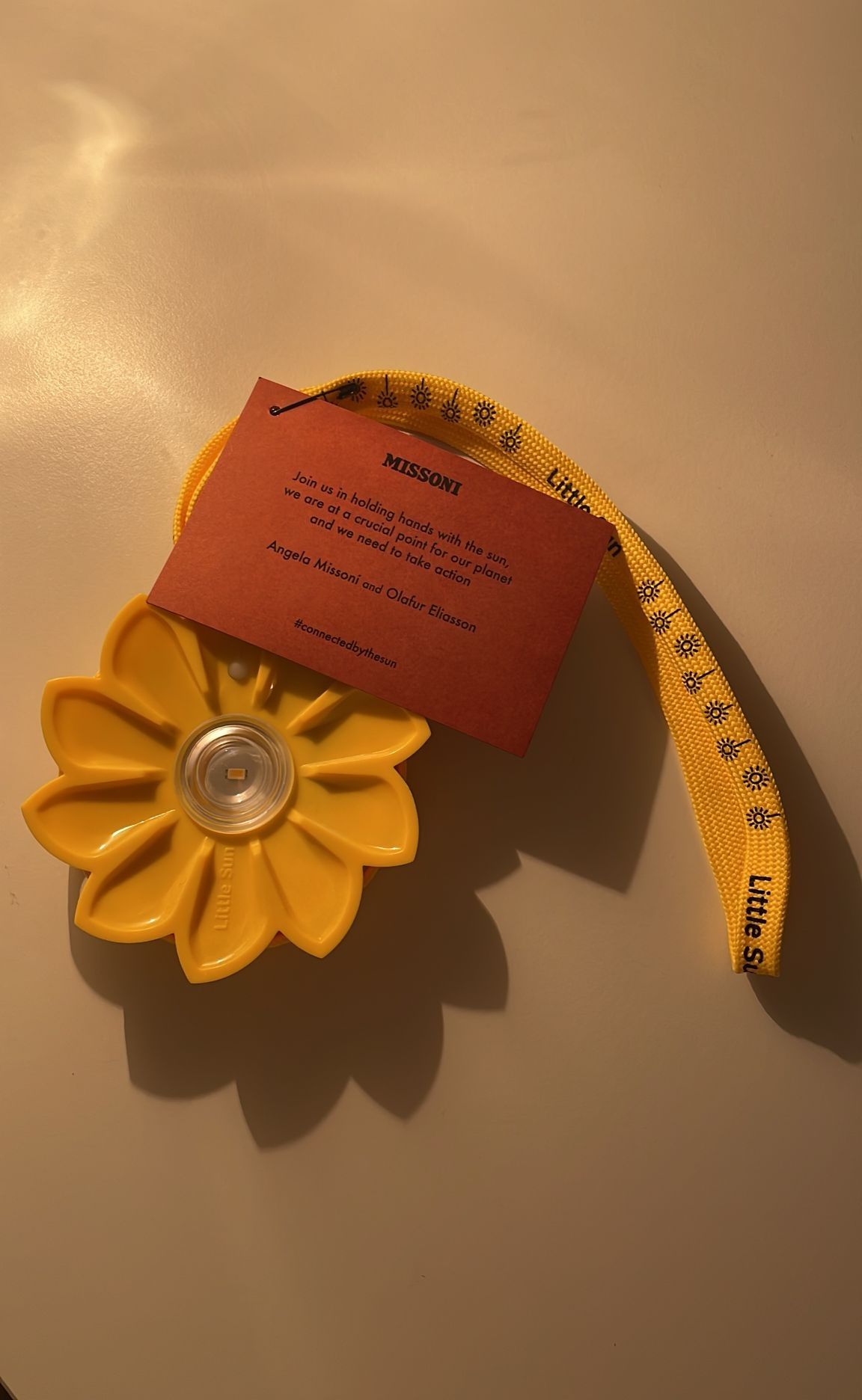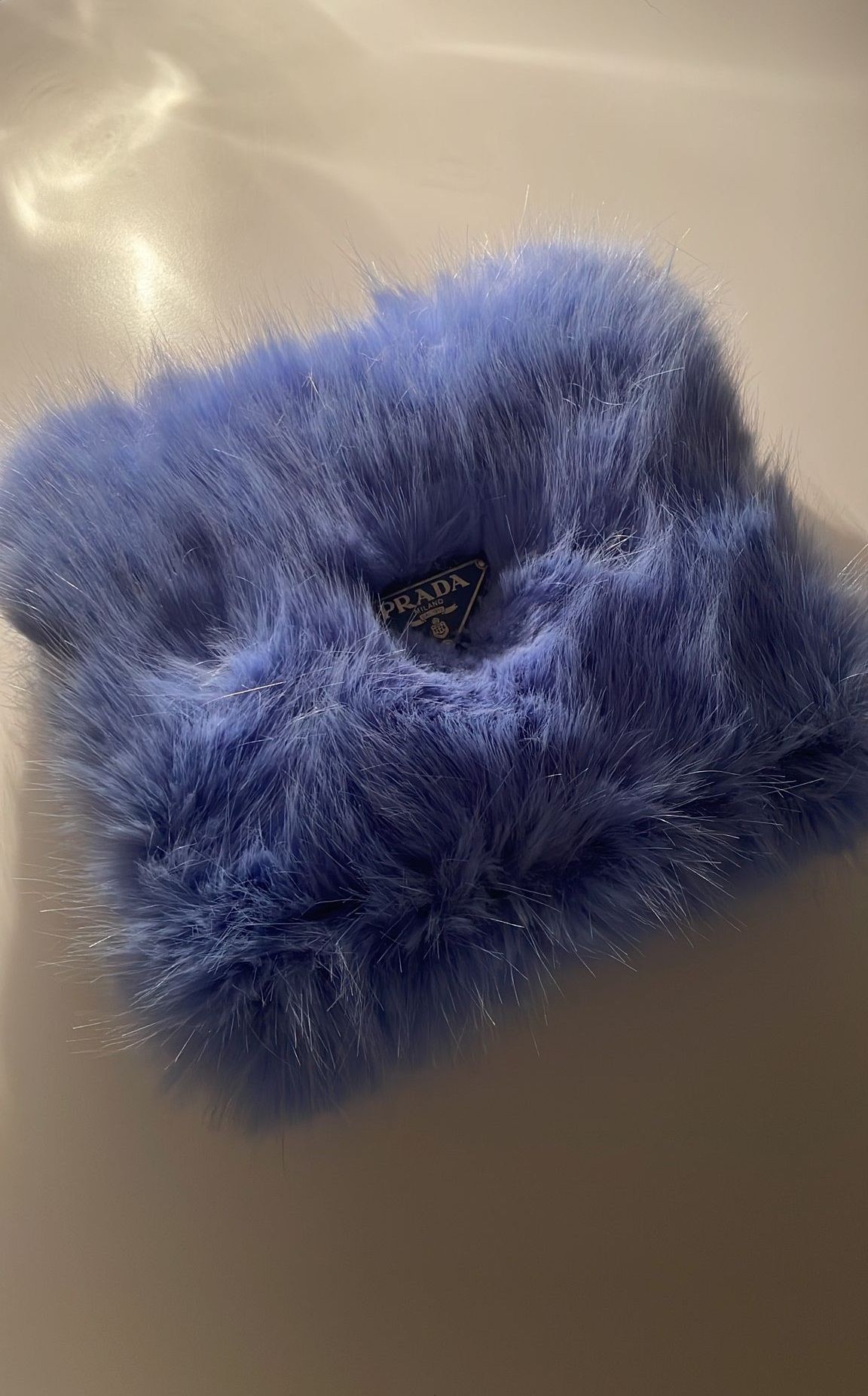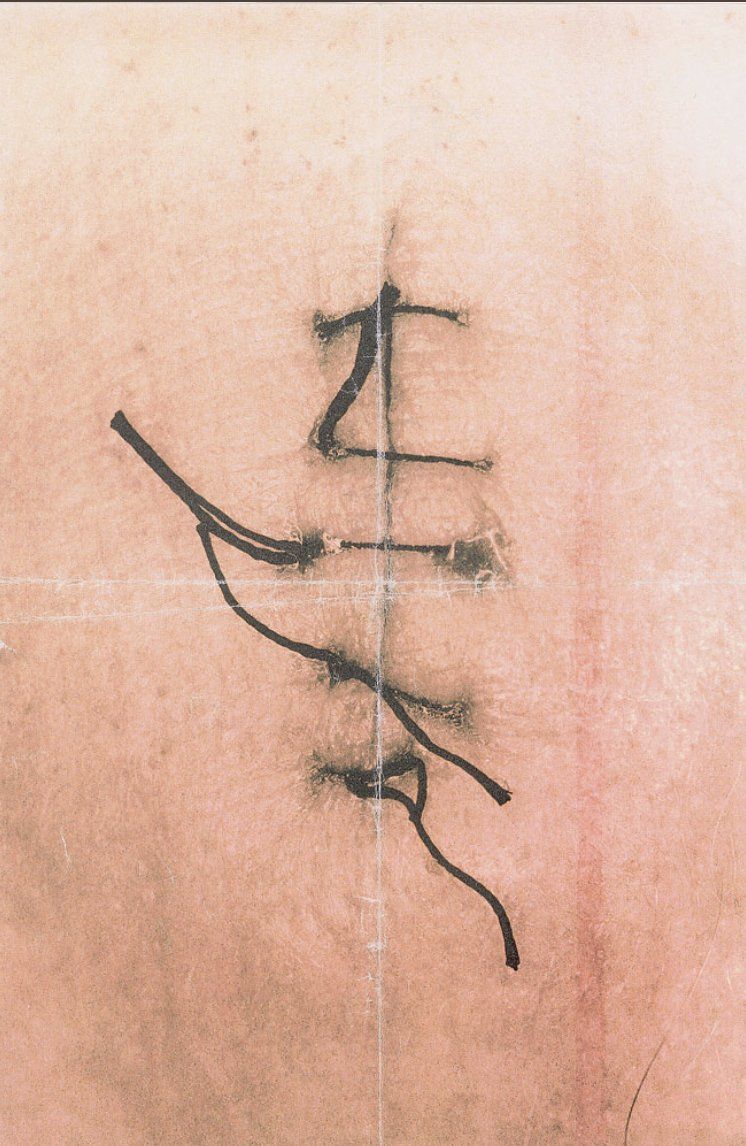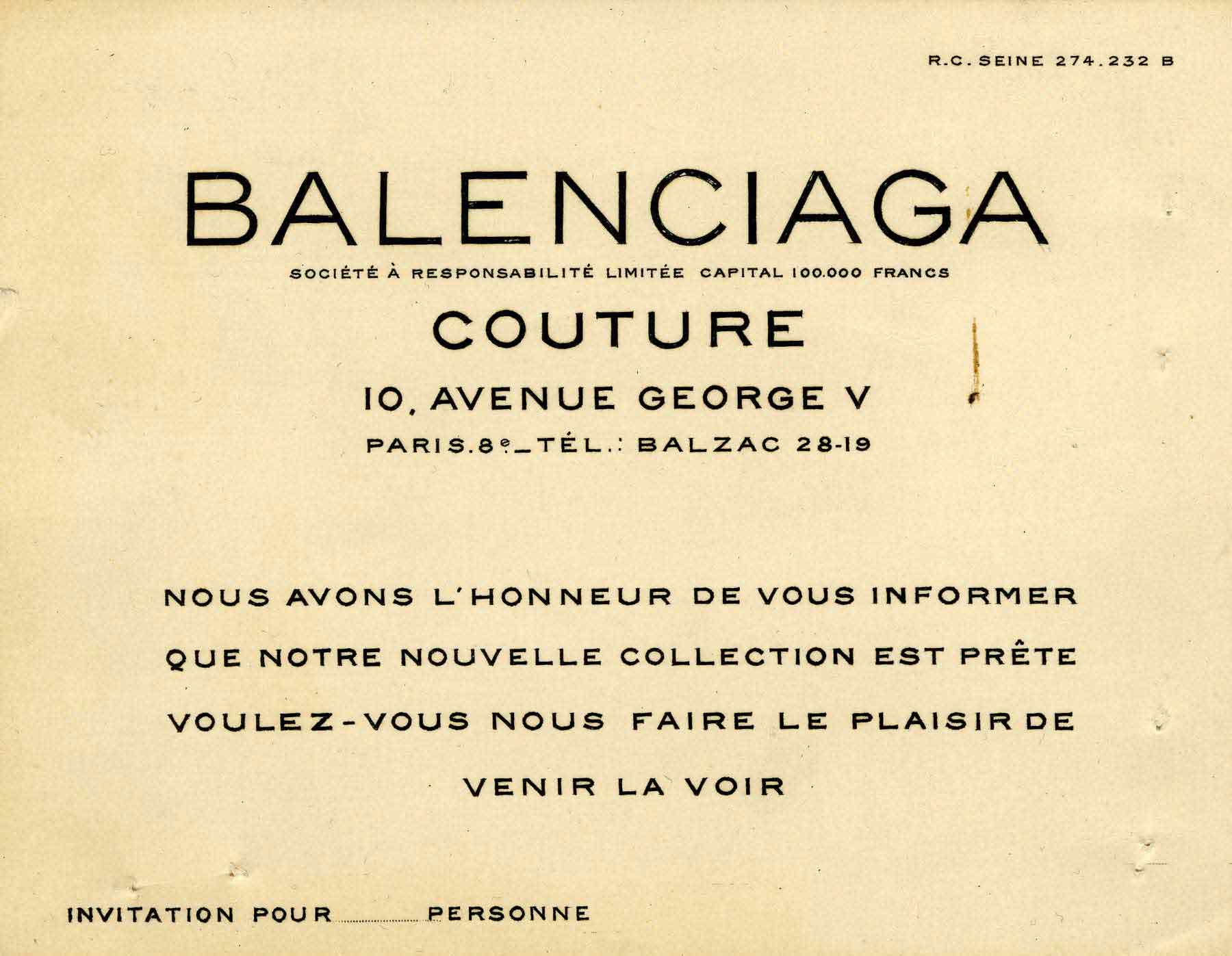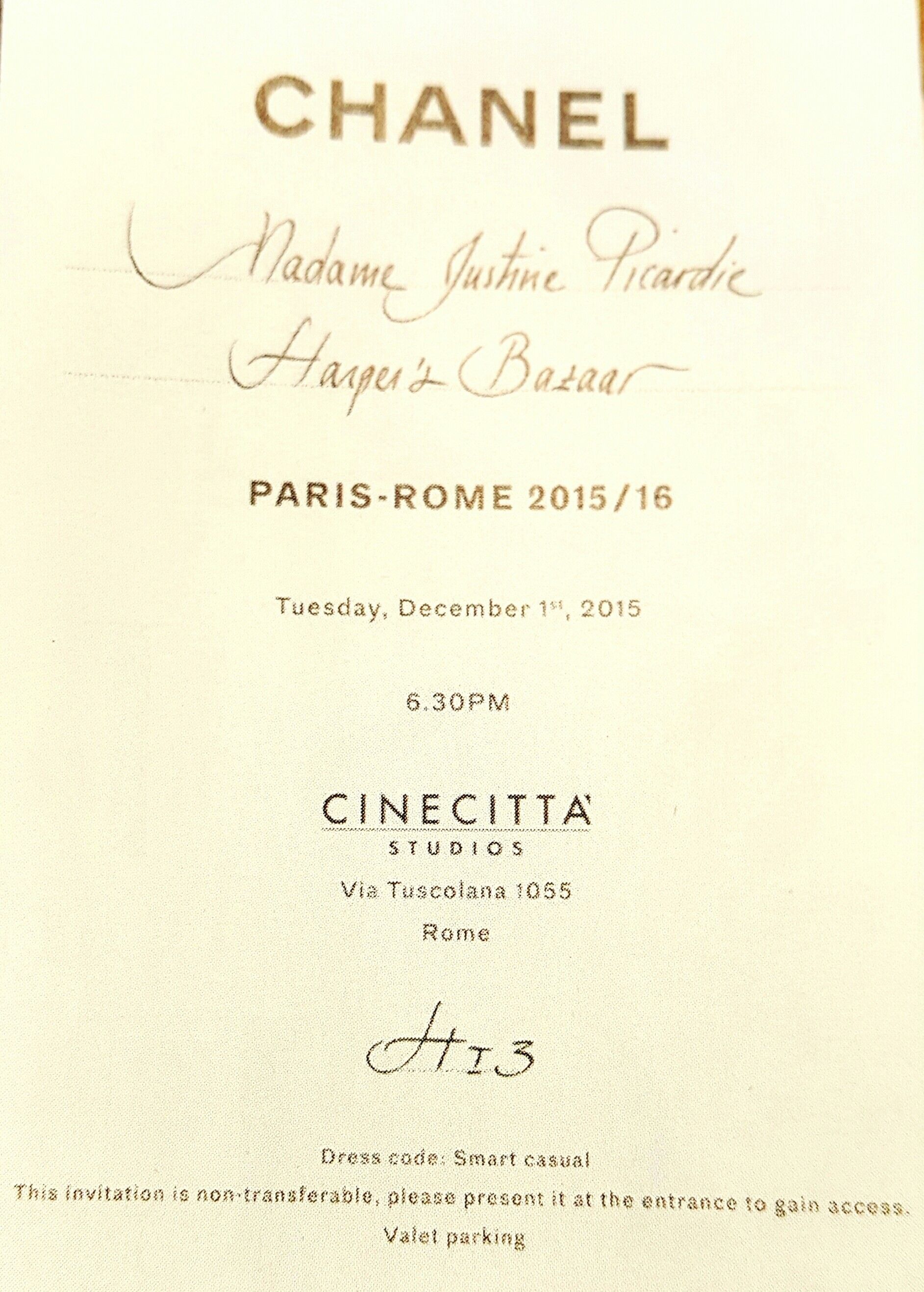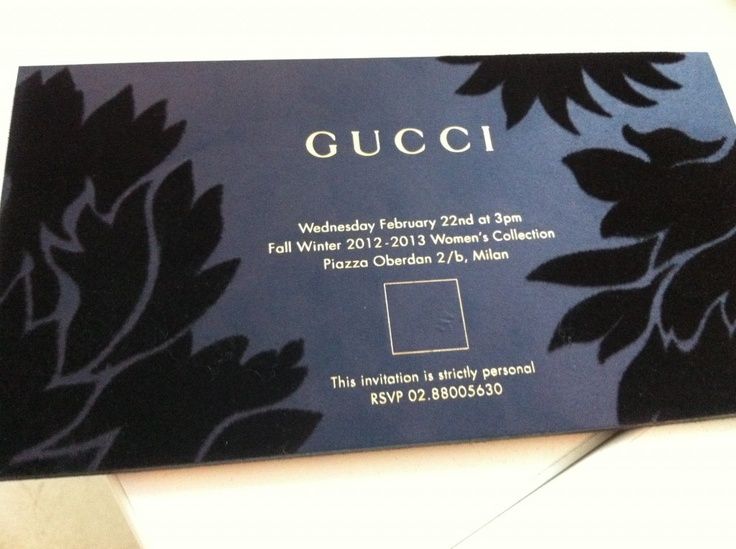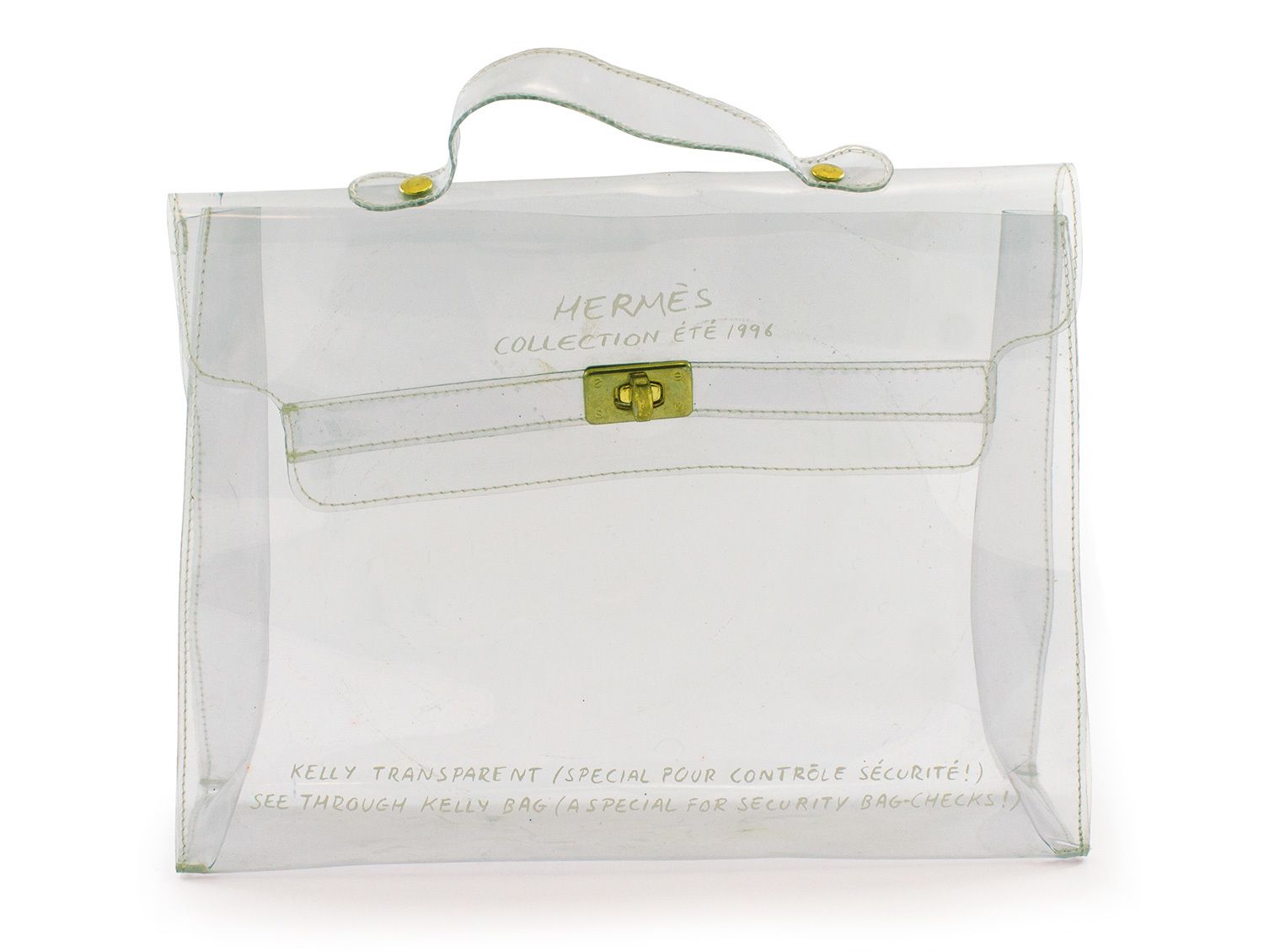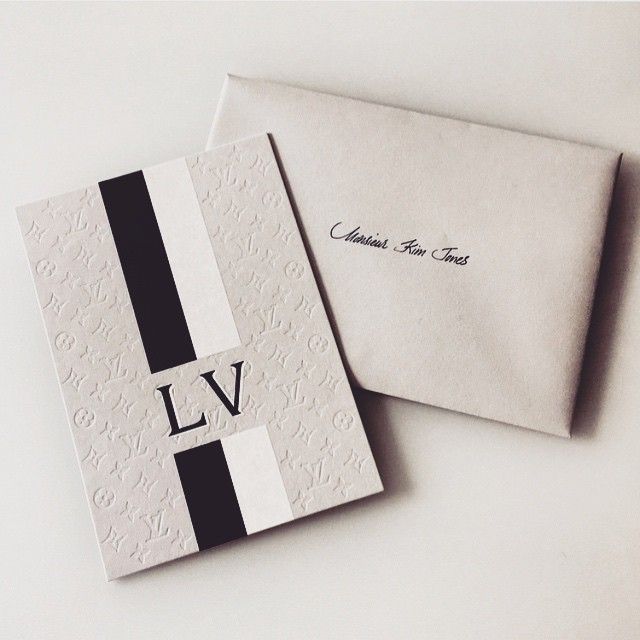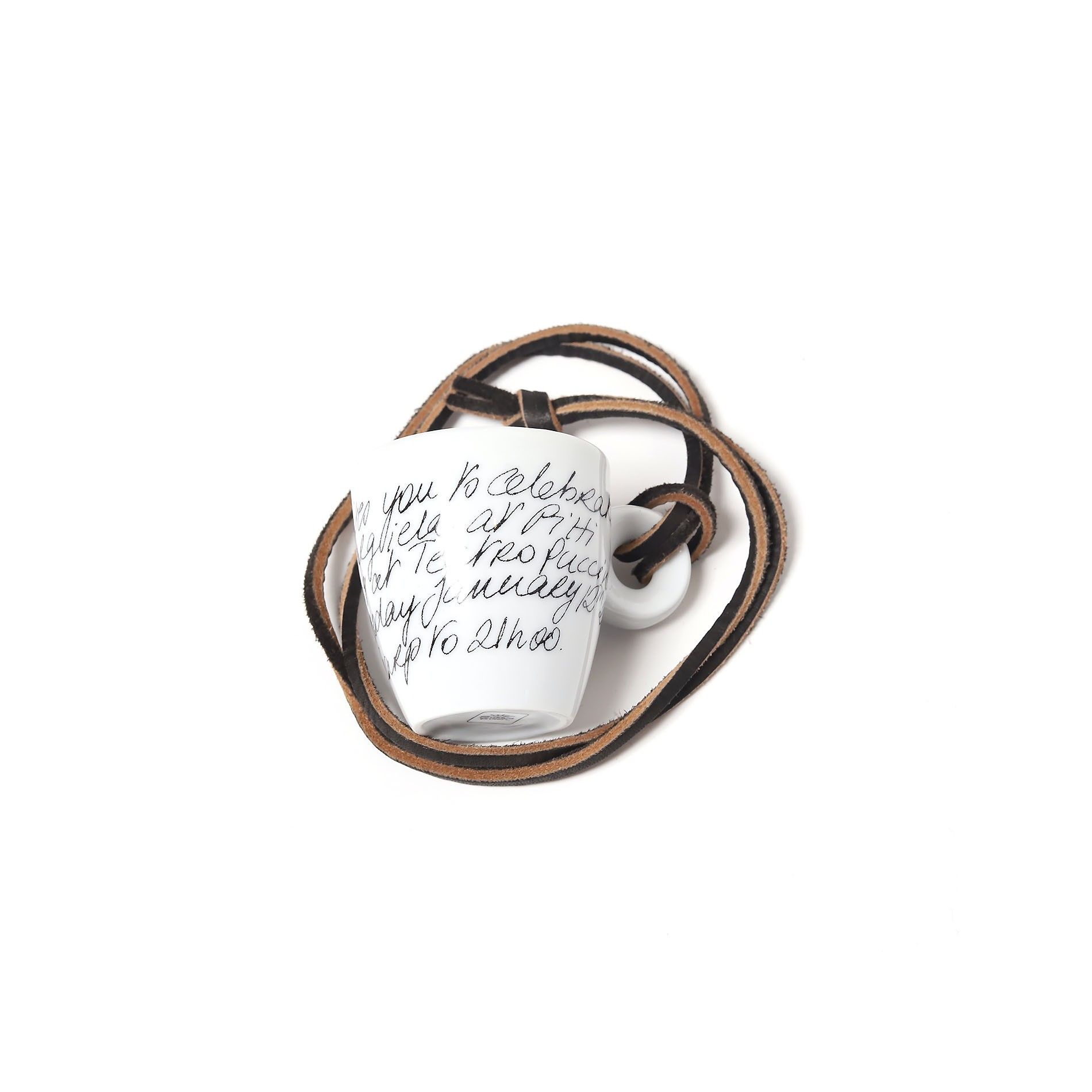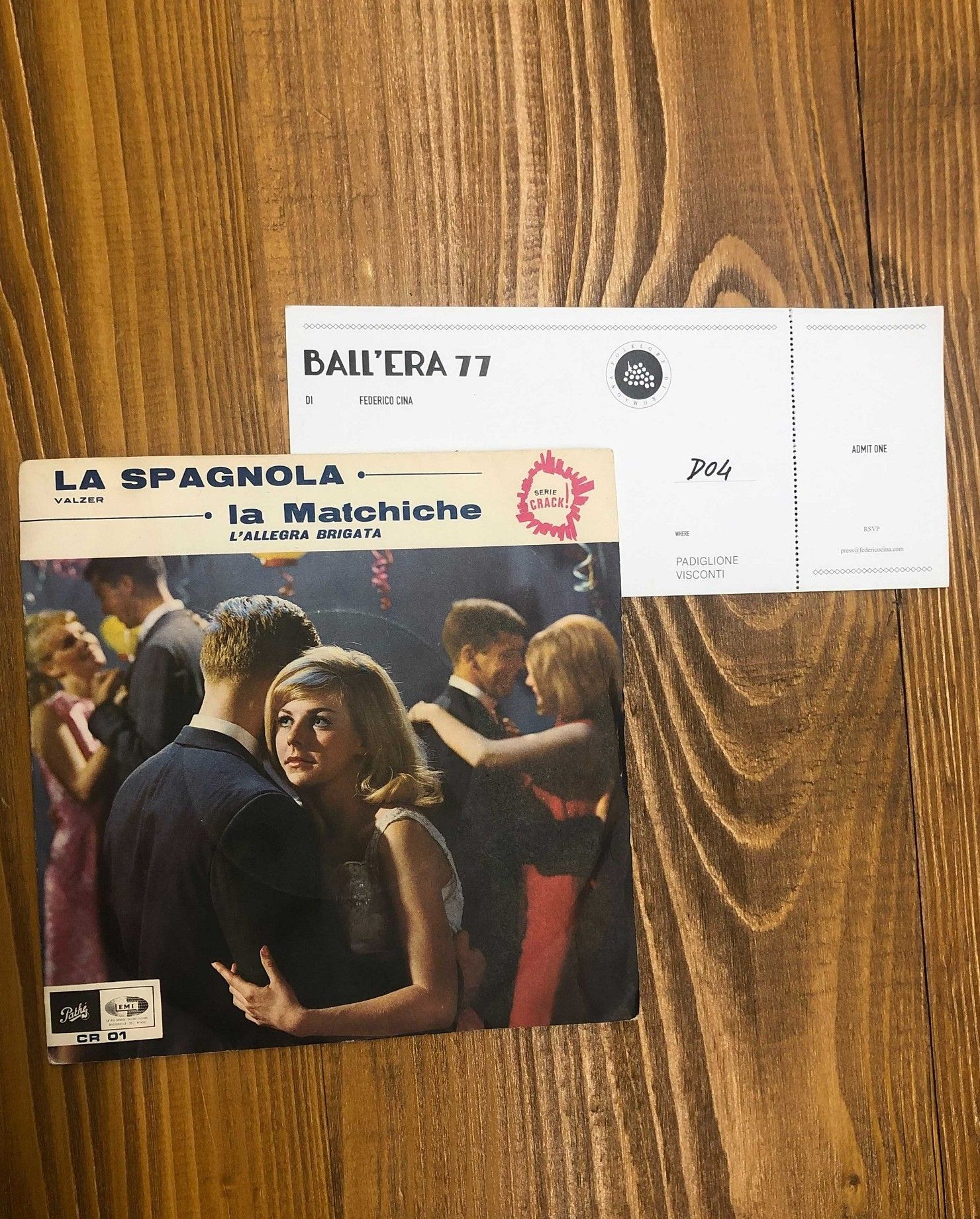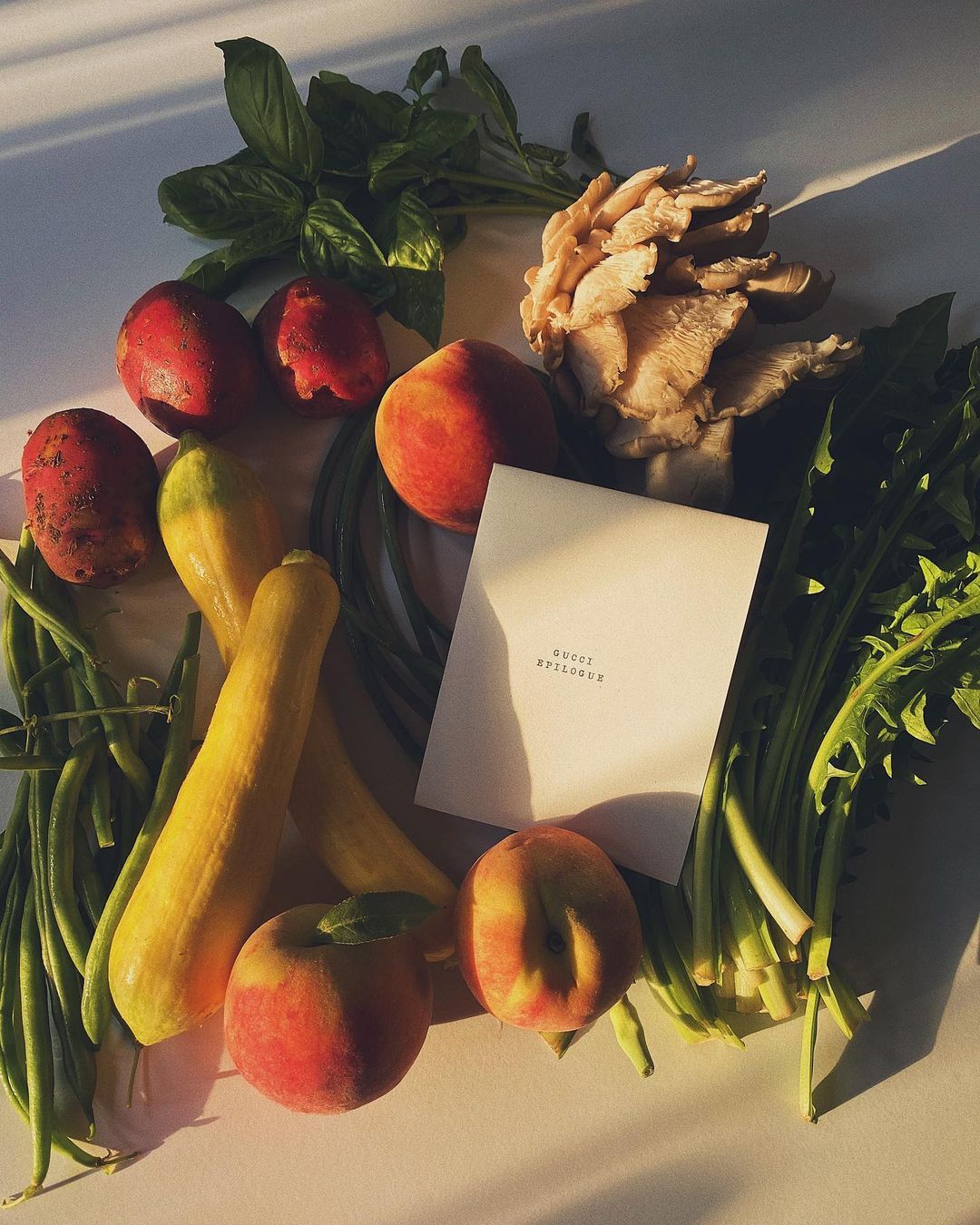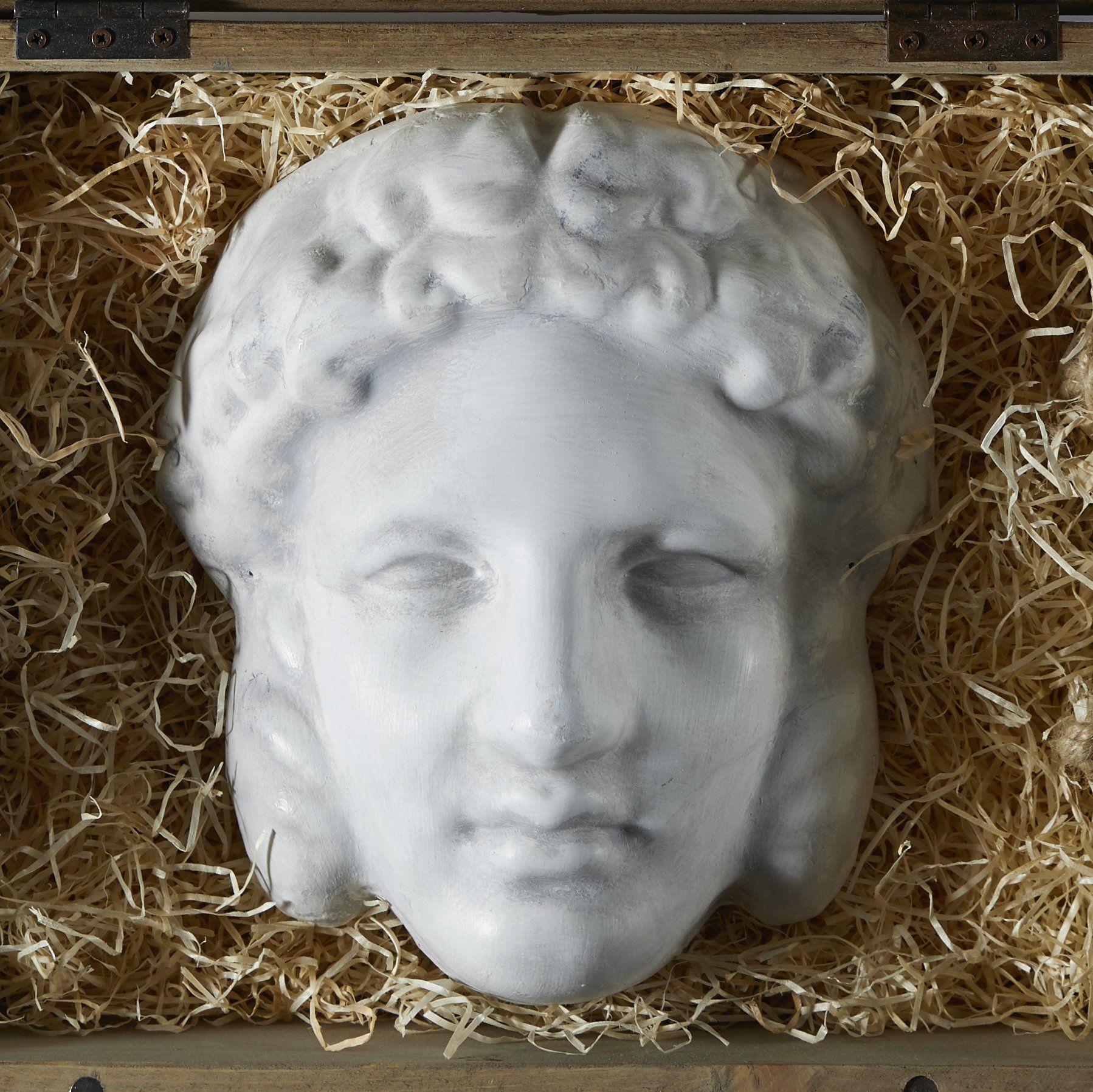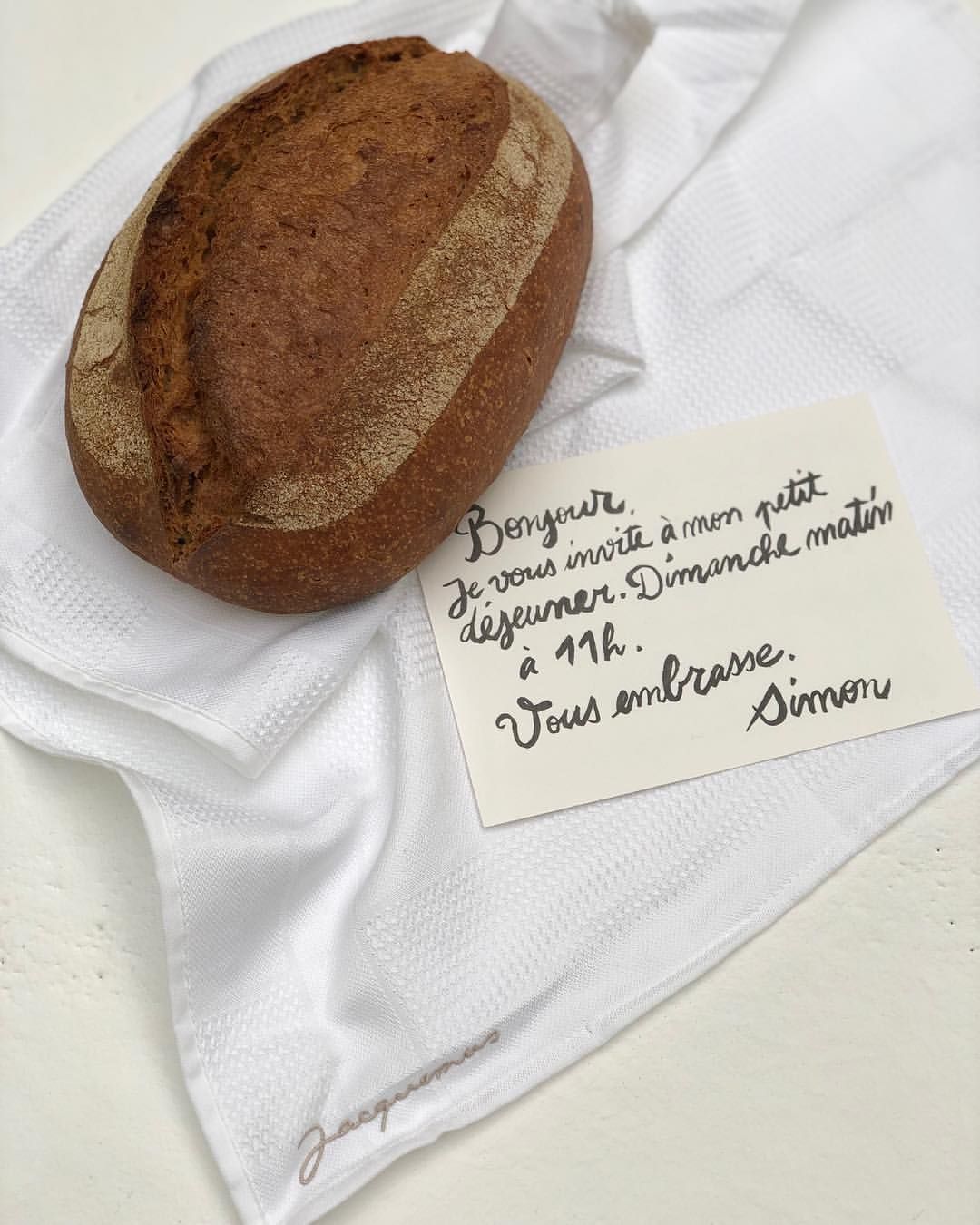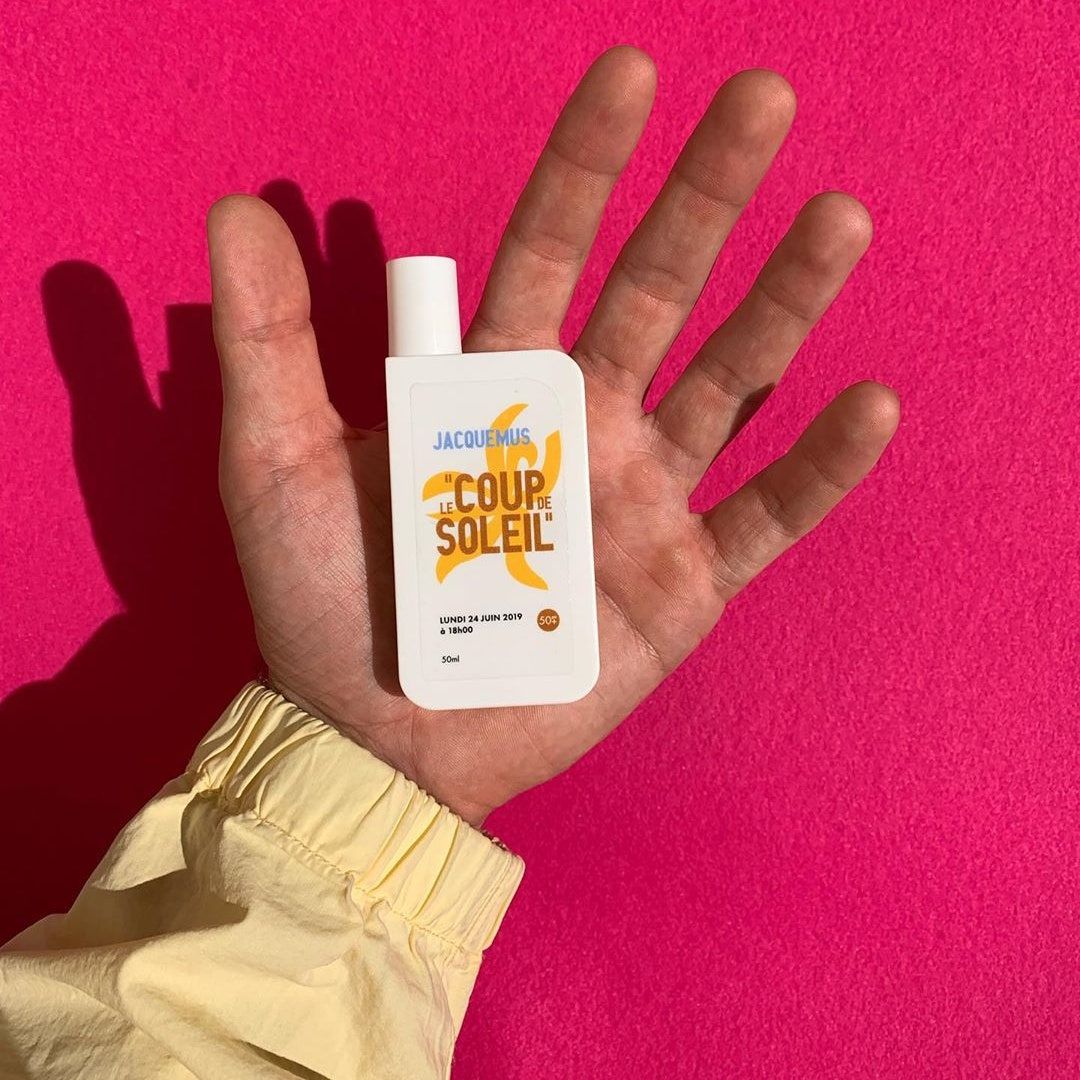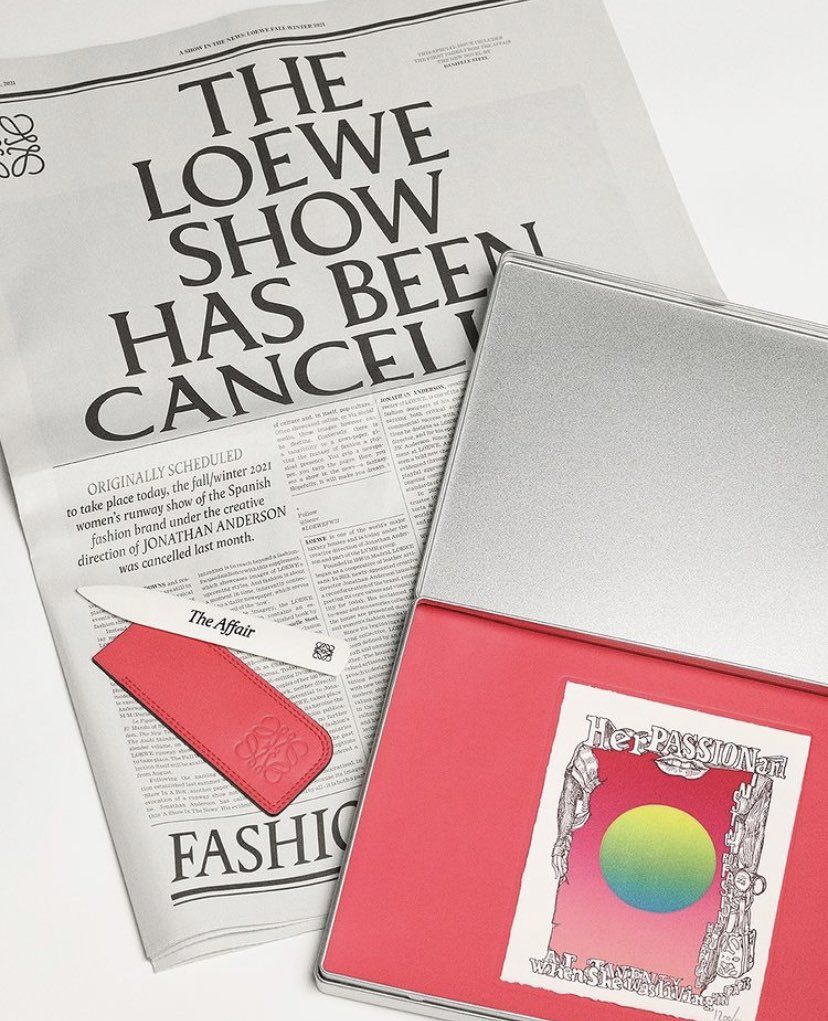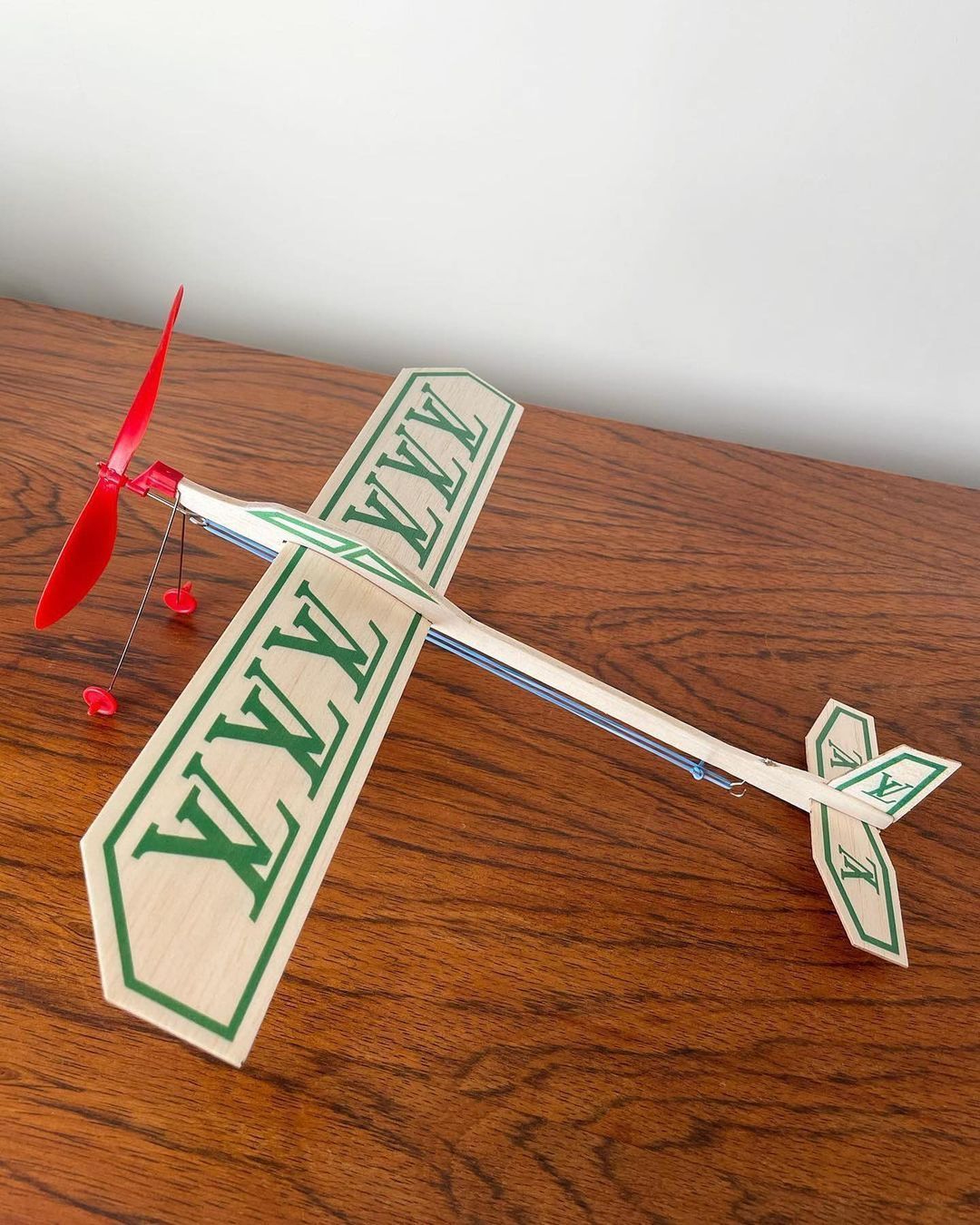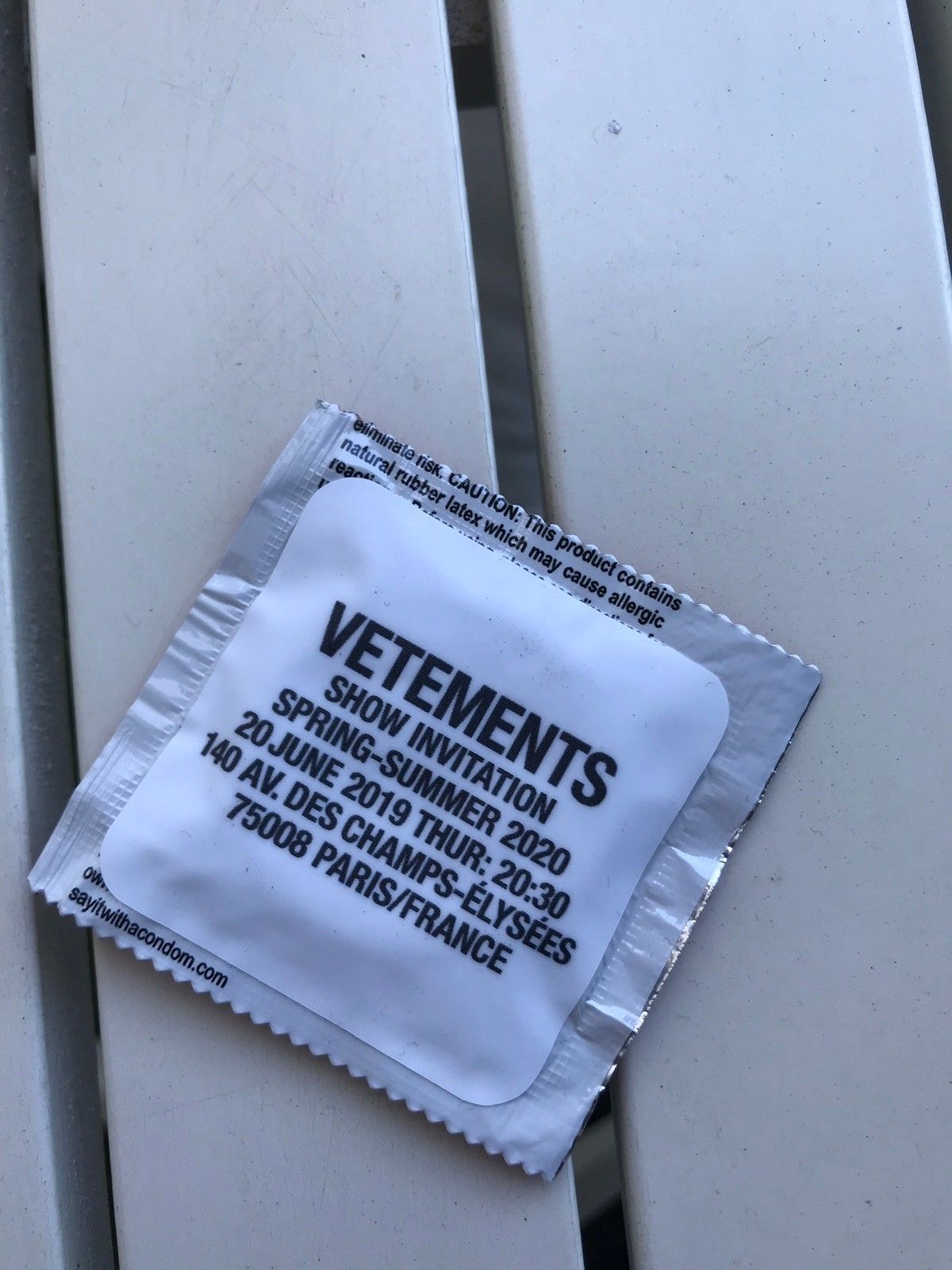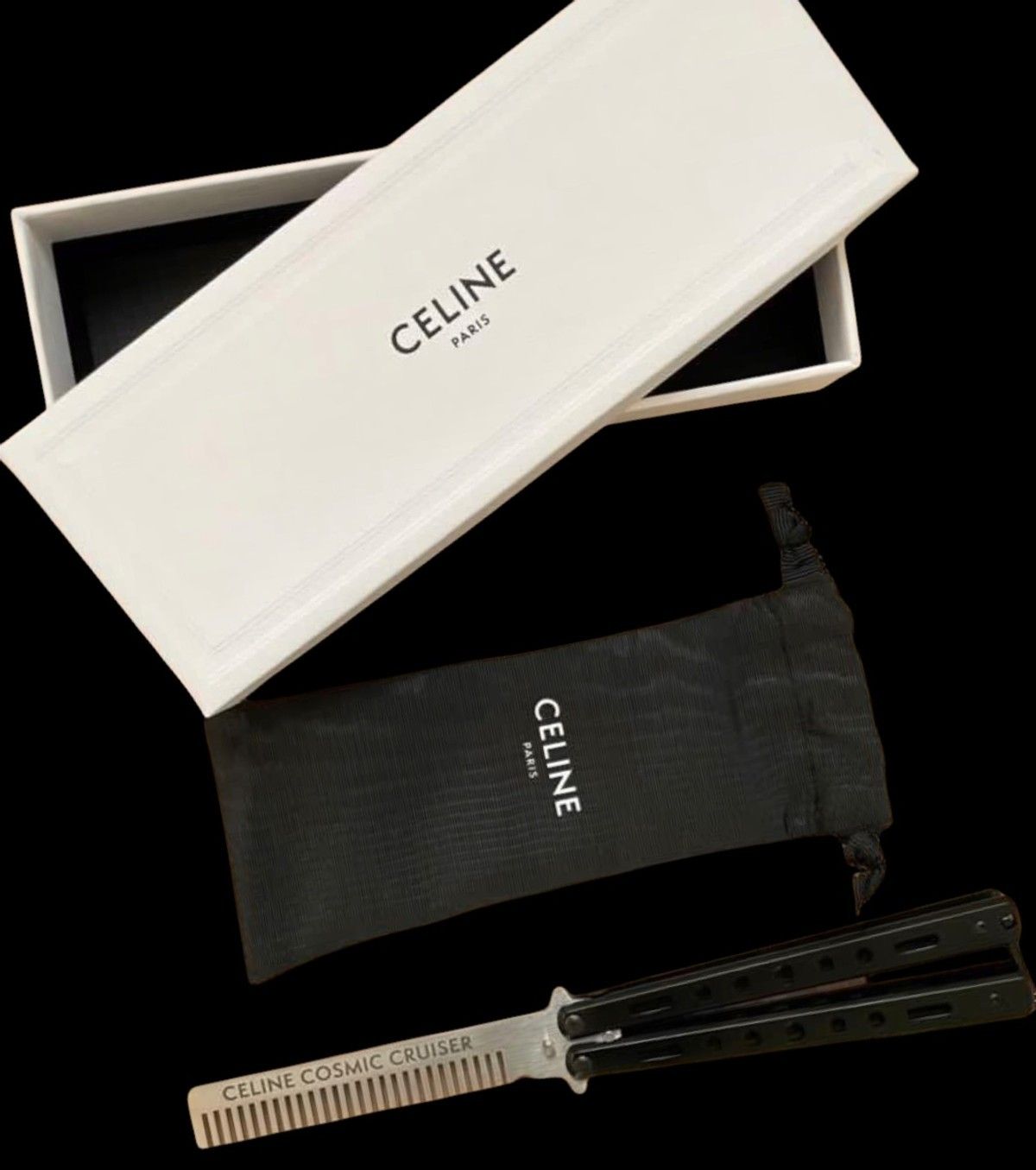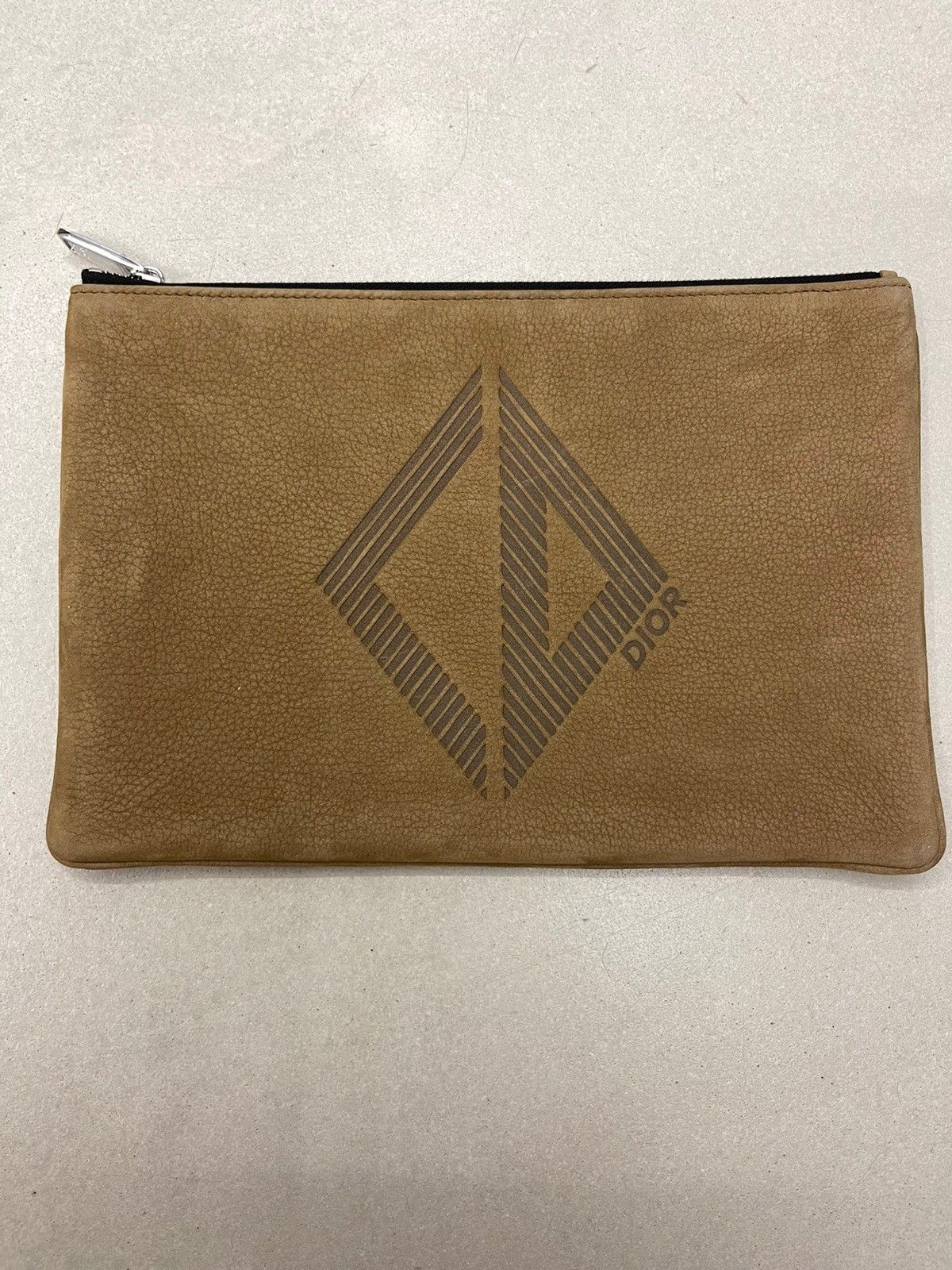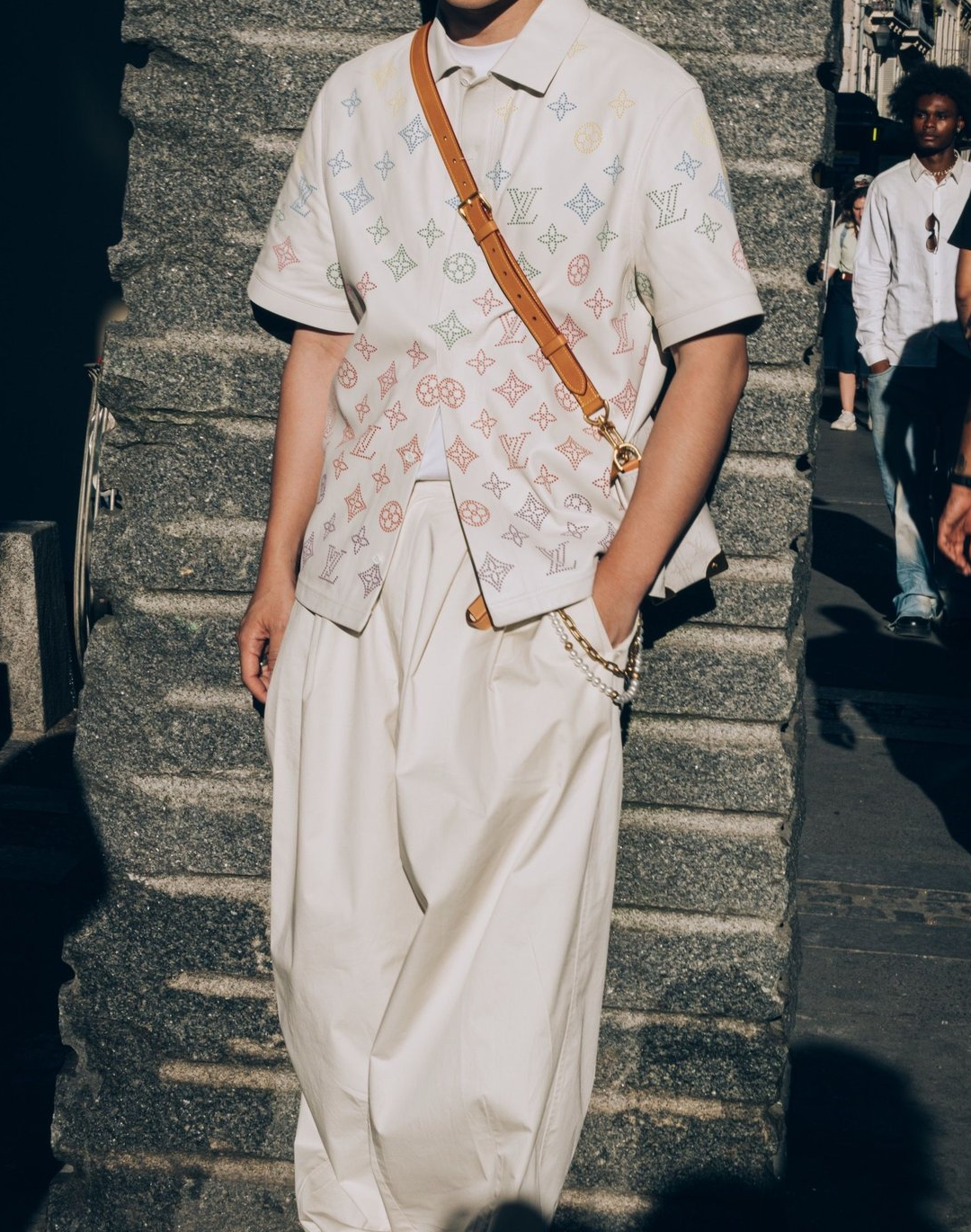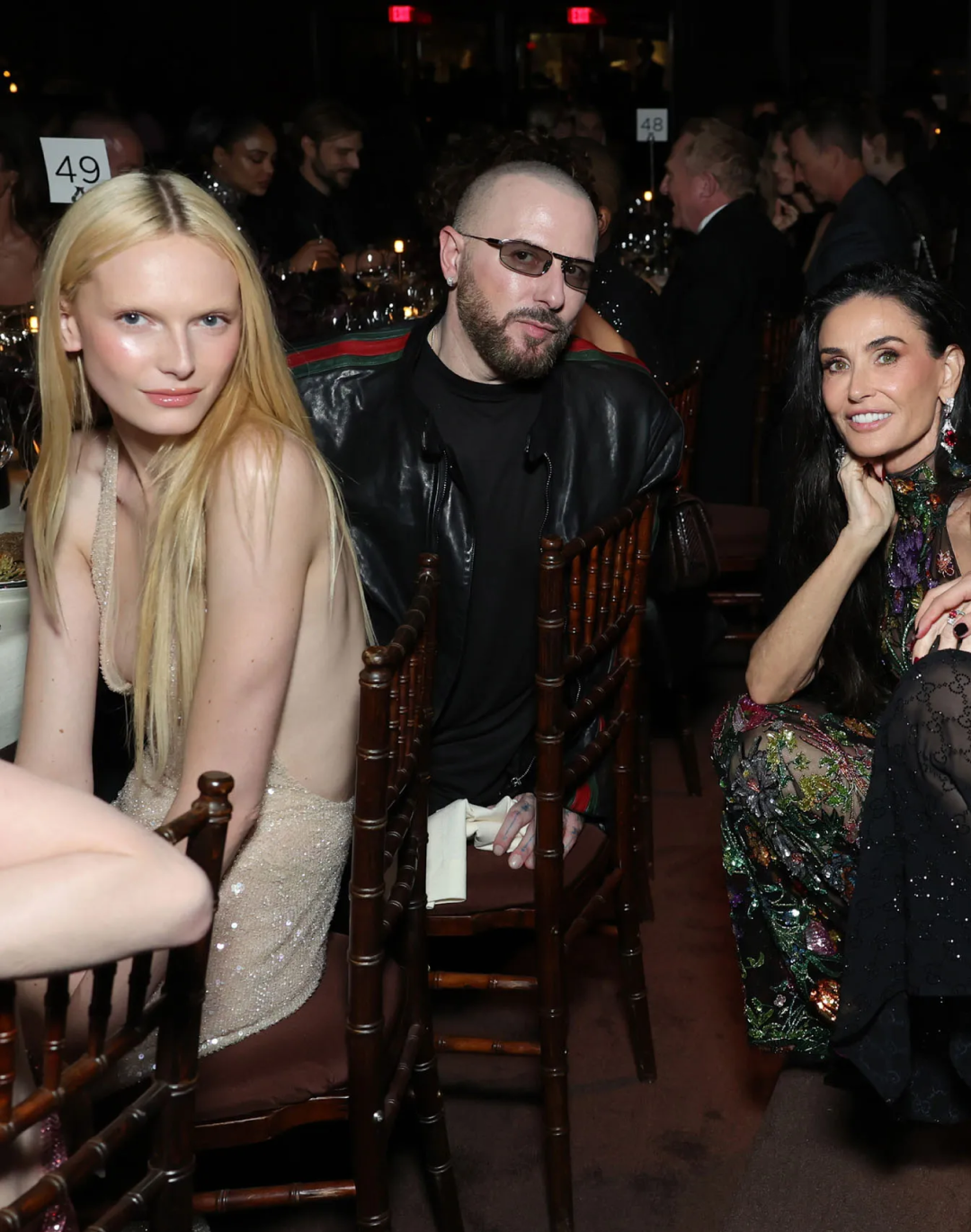
How fashion show invitations evolved through the years From Kanye West's windbreakers to Prada's pajamas
The best part of attending a parade is receiving the invitation. Brands care a lot about their community of buyers, influencers and journalists and sending them an invitation in writing is not only a bit old school habit, but also becomes an aspirational symbol, which testifies to the prestige of those who receive it. The transformation of the classic paper invitation into limited edition merch or artistic object, therefore, has become one of the most interesting and overlooked parts of fashion culture – especially since not all seasonal invitations are always documented through the institutional channels of the brands. Yet the tradition of creative invitations has achieved incredible traction in recent years.
If Kanye had popularized the format with creative invitations by sending an anorak for the presentation of Yeezy's Season 1, it was Virgil Abloh who transformed the creative invitation into an art during his tenure at Louis Vuitton, starting to send wall clocks or wooden mountable airplanes while, on this side of the Alps, it was Alessandro Michele to give Gucci's invitations some needed zest, sending antique books, chalk masks, fresh fruit and, for the last Love Parade show, a lipstick of the brand along with an invitation written on a napkin. The tradition has spread like wildfire: from Fendi that went viral with its invitations in the form of a pack of Rummo pasta to Burberry that sends a pillow for the SS21 show, passing through Jacquemus who, in his usual Provencal vein, sent bread for the FW19 show and a bottle of sunscreen for the SS20 and arriving at Prada, that this season sent a pajama to the guests, up to Dolce & Gabbana, who for their last show produced a numbered artwork, to the indie designer Federico Cina who, for his FW22 show, sent the guests an old-fashioned ticket and a 45 rpm vinyl with vintage music.
All these objects have in common the fact that they are collectible but above all usable. From the extreme cases of edible products, such as Gucci vegetables, Jacquemus bread or Salvatore Ferragamo's Tuscan cantucci; up to wearable and commemorative products and branded merch in a very limited edition (the metal comb in the shape of a knife sent by Celine for the SS22 show remains an absolute cult but also historical pieces such as the coffee cup that becomes a necklace sent by Maison Margiela in 2006 for Pitti and the transparent Kelly by Hermès given to the press in 1996 for security checks after the terrorist attacks in Paris the year before), more and more invitations to shows in recent years have in common the possibility of being preserved, exhibited or otherwise used. This represents a step forward compared to the past, where invitations consisted mostly of paper cards sent around the world and which were thrown away a week later. In part things are still like that – although with the arrival of the pandemic it had been speculated that the invitations to the shows would all become digital, especially after Alessandro Michele had used a WhatsApp voice note for the invitations of gucci's FW20 show. Precisely that invitation, surprising for its originality but difficult to replicate, had been hailed as the beginning of an era of digital invitations, paper-free and therefore finally sustainable. A not indifferent problem of invitations and cadeaux, in fact, was the huge amount of paper used for boxes and cards that ended up almost all thrown away precisely because they were unusable.
The audio-invitation with the voice of Alessandro Michele for the Gucci FW20 show
The new trend of creative invitations to fashion shows is able to tell the reference values of today's fashion: first of all, there is the increasing need for sustainability, which requires cutting paper or plastic waste and therefore pushes to make the invitation something more than just a card; then there is the need for brands to adhere to an all-encompassing storytelling that builds the image in an increasingly defined way, also communicating the prestige of the brand through the value of the object that is sent; there is the instagrammability of these objects, which creates hype around the events dedicated to them becoming shared through social media such as Instagram, TikTok or Twitter; finally there is also the resell aspect, with the physical invitations closer to the collectibles that are resold. Without bothering Louis Vuitton, whose wall clock that goes the other way is a very rare and unobtainable piece, the condoms used by Vetements for the invitations of the SS20 collection have come to cost even 130 dollars on Grailed – a huge mark-up compared to the actual value of the object, but which tangibly testifies to the value attributed to branding as well as its image and role in pop culture, while, in 2020, an invitation to Alexander McQueen's FW95 show was auctioned and sold for $4875.
It is clear that, ideally, the eccentricity of some of these invitations expresses the hope on the part of the brands that the invitations themselves will go viral, generating social media value and expectation around the show, as was the case just mentioned by Vetements; of N.21, who for the SS20 show sent a pair of briefs in a transparent envelope, or of Fendi, whose invitation also ended up on the pages of the newspapers so unpredictable was his collaboration with Rummo – but the creation of ad hoc objects also tells of the progressive expansion of brands in the field of lifestyle: by delivering bread and fruit, board games, books or music, the brands signal their presence in cultural fields other than the production of clothing in the strict sense – something that, at the time of Coco Chanel and Cristobàl Balenciaga would have been unheard of and perhaps even scandalous, and that instead today is practically necessary.










































